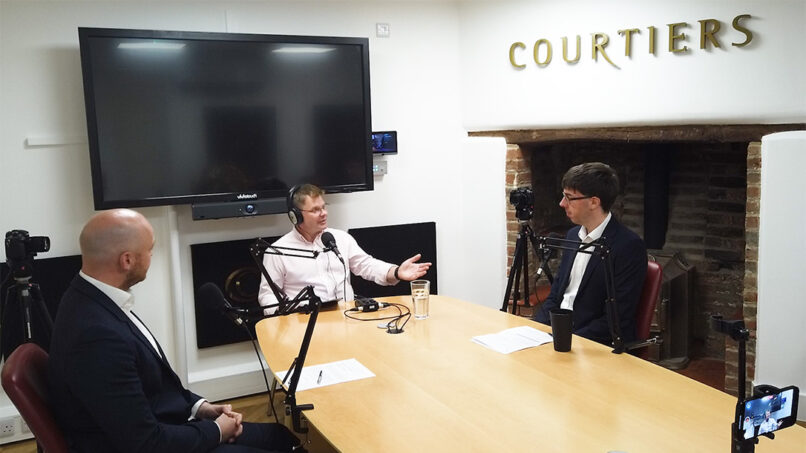For the first time in a decade, the Bank of England has increased the UK’s base interest rate. It has returned to 0.5%, having remained at its all-time low of 0.25% since the Brexit referendum. The news has come as little surprise to investors, with inflation measured by the Consumer Prices Index at a five year high of 3% and unemployment at its lowest level for over forty years.
The Monetary Policy Committee (MPC) expects inflation to peak slightly above 3% in October, as the depreciation of sterling and increases in energy prices continue to affect consumer prices. However, over the next year, inflation is expected to drop back towards the Bank’s 2% target with the aid of gentle interest rate movements. As usual, the MPC’s forecasts are caveated by the wide range of potential outcomes from Brexit negotiations.
In today’s press conference, Mark Carney stated that he expects banks to pass on the rate increase to savers, most of whom can soon expect to earn a little more from their deposit accounts.
Following the announcement, the pound took a tumble. It is currently down by more than 1% against the US dollar and the euro. Typically a rate rise would cause the domestic currency to appreciate, but the rise was already priced in and hence the Bank’s overall dovish outlook today has caused traders to reassess their forecasts for future rate moves. The FTSE 100 index has responded well and is currently nearly +0.5% up.
The rise in rates is likely to have an adverse impact on UK bond prices. Our multi-asset funds and our Investment Grade Bond Fund all have relatively low duration, or interest rate risk, and therefore they should not be badly affected. The funds will also benefit from their foreign currency exposure as a result of the pound’s fall today.
We will continue to monitor the market reaction to the rate rise.













